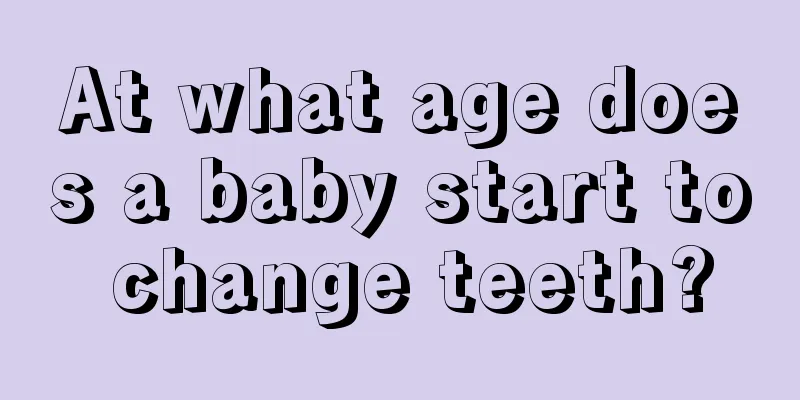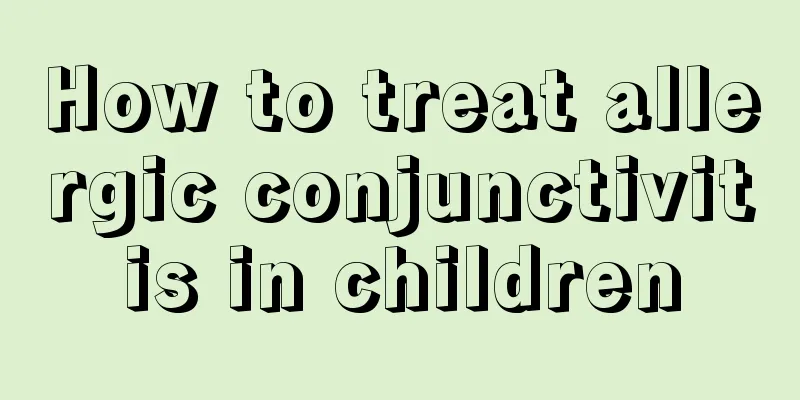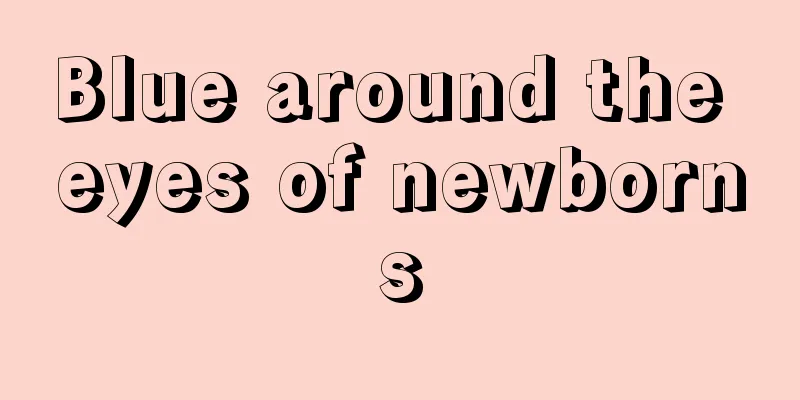At what age does a baby start to change teeth?

|
For many families, having a baby is a very happy thing. As the baby continues to grow, they also begin to change their teeth. Mothers don’t know at what age it is normal for the baby to start changing their teeth. Today, the editor will tell parents in detail at what age it is normal for babies to start changing their teeth. For the health of your children’s teeth, come and learn about it! Normally, at the age of 6 to 7, the deciduous central incisor (central front tooth) of the mandible begins to shake and fall out, and soon the permanent central incisor grows in its place; at the same time, the first molar grows behind the second deciduous molar. After that, the other teeth were replaced one after another. The permanent monocuspids and bicuspids can only grow out after the deciduous teeth in the same position fall out. By the age of 12 to 13, all the deciduous teeth have fallen out and have been replaced by permanent teeth. After that, permanent teeth will grow separately: the second molar will grow behind the first molar at the age of 12 to 14, and the third molar will grow after the age of 18. Some people don't have a third Teeth grinding is also normal. The order and timing of tooth replacement are roughly as follows: Number of teeth and time of tooth replacement 4 central incisors 6-7 years old 4 lateral incisors 8-9 years old First pair of canines 4 at 10 years old Single canine 4 11 years old Second canines 4 12 years old First molars 4 at age 6 4 second molars at 13 years old It hurts a little when teeth are replaced. The process of teeth loosening and falling out is generally not painful, but as the deciduous teeth begin to fall out, the "six-year molars" will also grow out, which may cause swollen gums and cause children to complain of toothache. If the pain is severe, you need to see a dentist to see if you need anti-inflammatory and analgesic treatments. As children grow older, they should eat more chewy foods such as jellyfish, peanuts, sugar cane, spiced beans, etc. to maintain a good stimulation effect on the deciduous teeth and promote the shedding of deciduous teeth on time. When the child is about 10 years old, the front incisors and back molars have erupted, and parents can add some celery stalks, corn, apples and other foods to them to ensure a smooth tooth replacement and give the child a healthy and neat permanent tooth. After reading the above introduction, everyone should now be clear. Once we understand the age at which children's teeth are changing, we can effectively help them safely pass through the tooth replacement period. It is also helpful for their healthy growth. |
<<: What is the cause of congenital cerebral hypoplasia?
>>: What to do if your baby is short of breath
Recommend
What to do if baby has small red bumps on his back
When babies first come into this world, they need...
The dangers of flu vaccination for children
We think it is normal for children to get flu vac...
What should I do if my 2-year-old baby vomits and has diarrhea?
Babies are a group that is very prone to illness....
What should I do if my child has a fever and cough recently?
We all know that children are in a period of rapi...
What should I do if my baby has a high fever, diarrhea and vomiting?
My baby has had high fever, diarrhea and vomiting...
Where should children receive general anesthesia?
When performing some surgeries, anesthesia must b...
Why do children grind their teeth during the day?
Teeth grinding can occur in both children and adu...
Why do children have bad breath?
Since children's bodies have not yet been ful...
What should parents do when their three-month-old baby sticks out his tongue?
The baby is born, and we become young parents. In...
What are the treatment measures for diarrhea in children?
Children often have symptoms of diarrhea. The mai...
What is the best treatment for sinusitis in children?
Sinusitis is a disease that often occurs to us. I...
The order in which children lose their teeth
Losing teeth is something that everyone will expe...
The impact of precocious puberty on children
The incidence of precocious puberty in children i...
What are the causes of leg pain in children?
You all know that children need a variety of nutr...
Why does my 3-month-old baby not want to breastfeed?
Why does a 3-month-old baby not want to drink mil...









